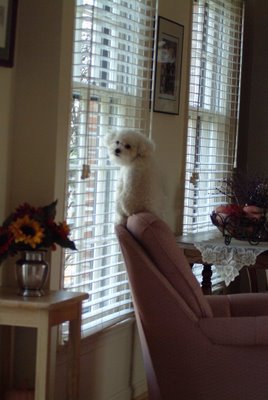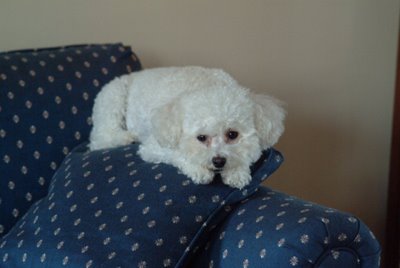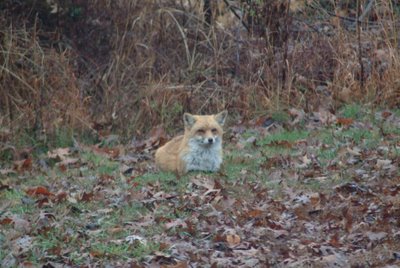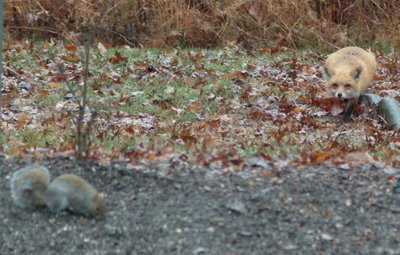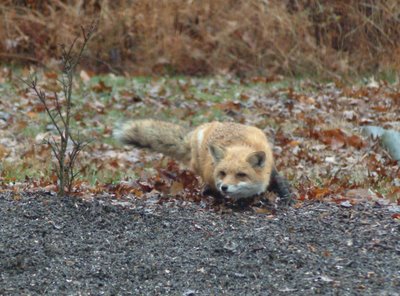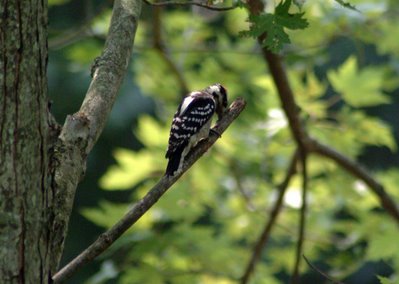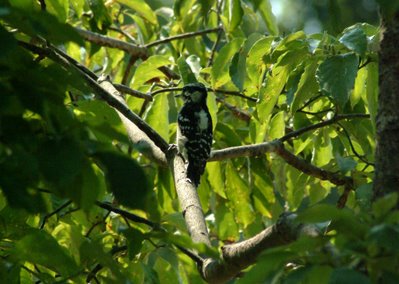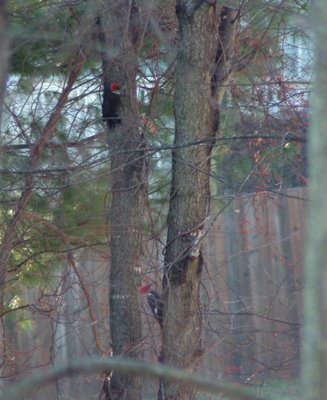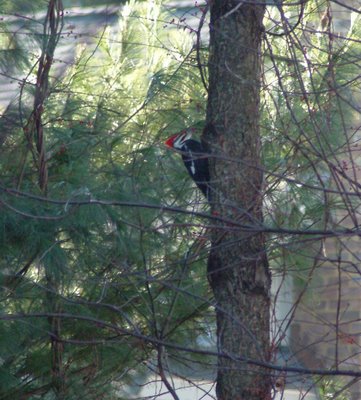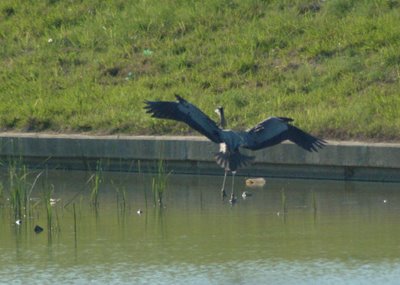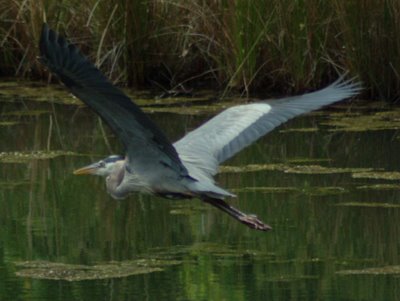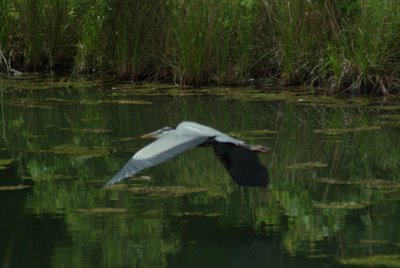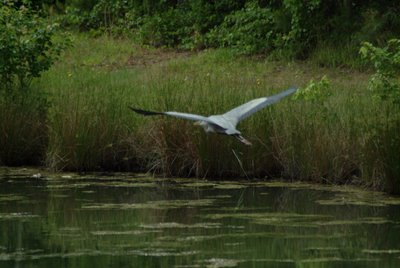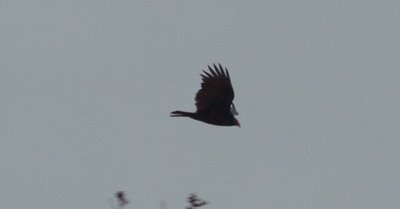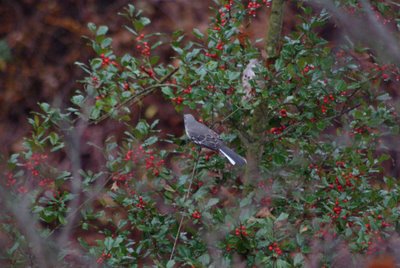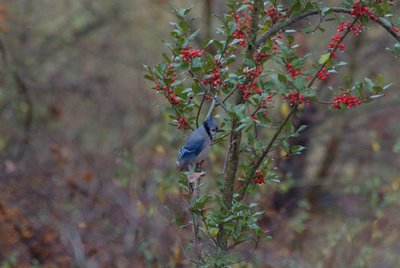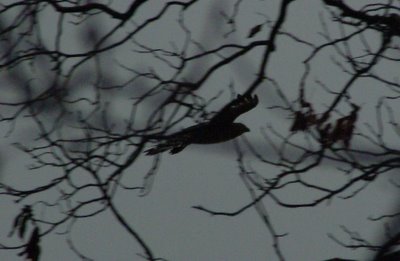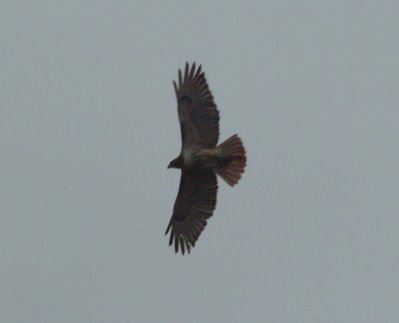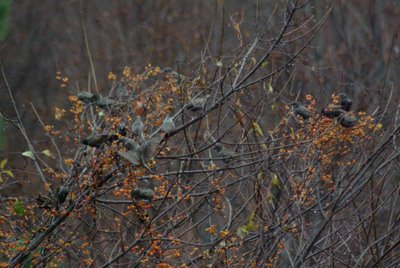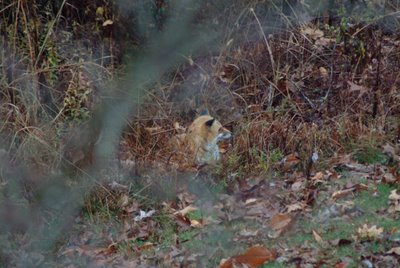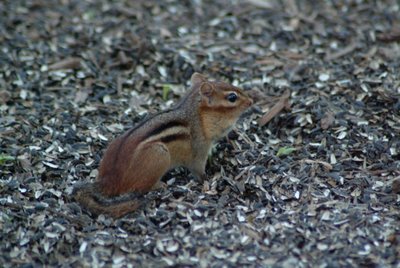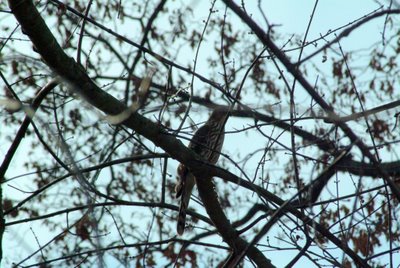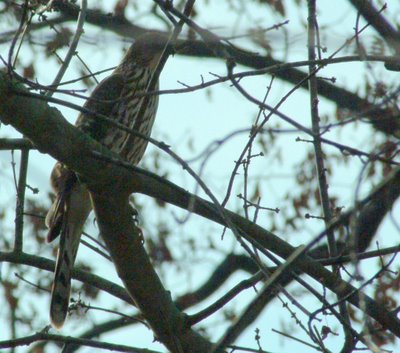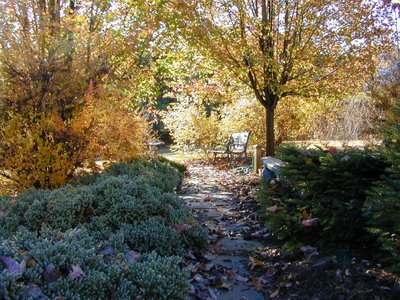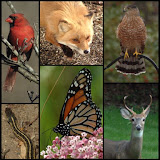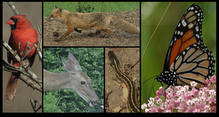Raccoon Spotted – No Photos
Last night, I took our visiting dog to the front lawn at about 10 PM. While standing on the front lawn, I heard a rustling on the side of the house. The side is dominated by low shrubs; at the intersection of front lawn and side is a small stand of 8 mature maple, oak, and dogwood trees. As the rustling grew louder, a gray animal came out of the shrubs, and then walked to and climb the first available tree. At about 20 feet up the tree, the animal turned and showed his black mask – no doubt this was a raccoon. He then turned around and continued his climb. I quickly grabbed the camera from inside the house, took some flash photos hoping to capture the raccoon even though I could not see him, but, got nothing.
I have long guessed, but had no evidence, that there are nocturnal animals in the Habitat – raccoons being high on the probable list. As you know, I have observed lots of different animals in the Habitat, but I have to admit that this raccoon was unnerving – he clearly saw me and the little dog, but just continued to go his way. All of the other animals in the Habitat, when approached or when they see me make a quick retreat. This raccoon though appeared to have a mind of his own.
I’ll see if I can get some photos, but that will clearly be a challenge.


